Levkin and co-workers developed an advanced version of cell microarrays by creating patterns of superhydrophilic spots separated by superhydrophobic borders on a surface.
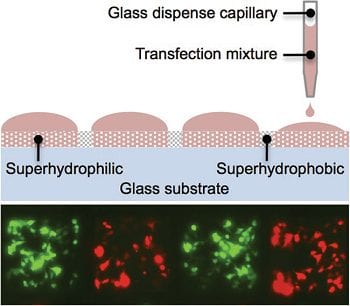

Levkin and co-workers developed an advanced version of cell microarrays by creating patterns of superhydrophilic spots separated by superhydrophobic borders on a surface.
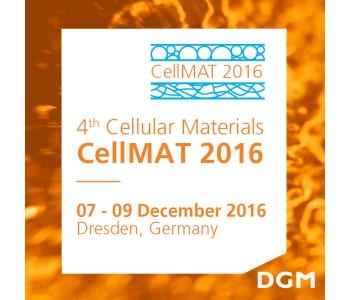
The 4th CellMAT conference will cover all aspects of manufacturing, modification, joining, property analysis and modelling of cellular materials.
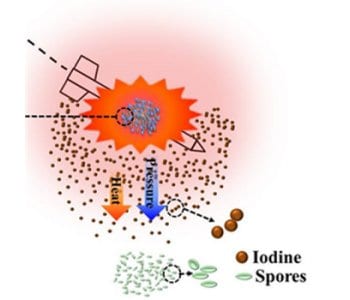
A multifunctional reactive material was developed with biocidal combustion products, which can remain active for an extended period of time.
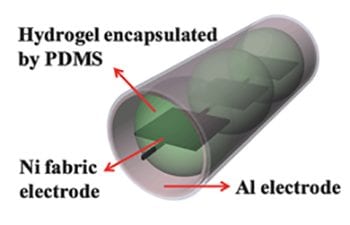
Recently, Prof. Jianhua Hao’s group from the Hong Kong Polytechnic University introduced a hydrogel-based triboelectric nanogenerator (Hydrogel-TENG).

Photochemical water splitting is an elegant way to solve energy and environmental-related issues.
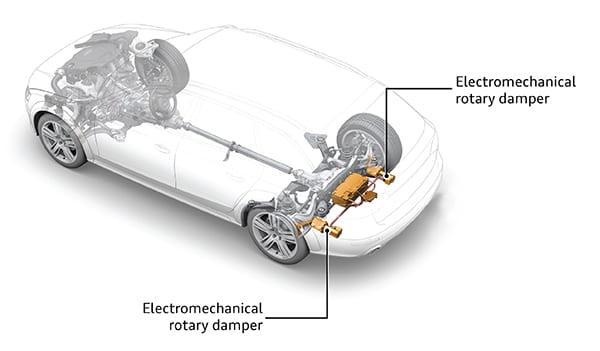
In the mobility of the future, the recuperation of energy plays an increasingly important role, including in a car’s suspension. Car builder Audi is working on a prototype called “eROT,” in which electromechanical rotary dampers replace the hydraulic dampers used...
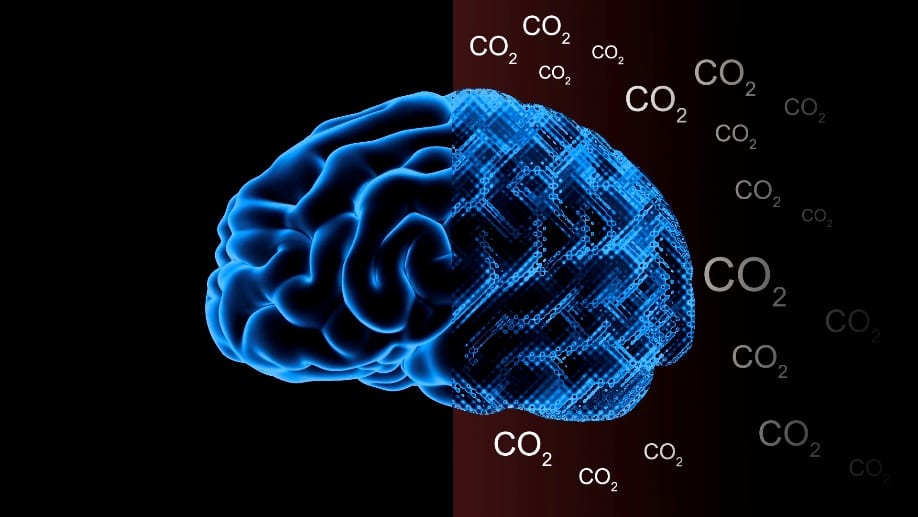
Opinion: Do you think we have a serious greenhouse gas climate change problem caused by anthropogenic CO2 emissions in our atmosphere, which is threatening the future health and well-being of our civilization?
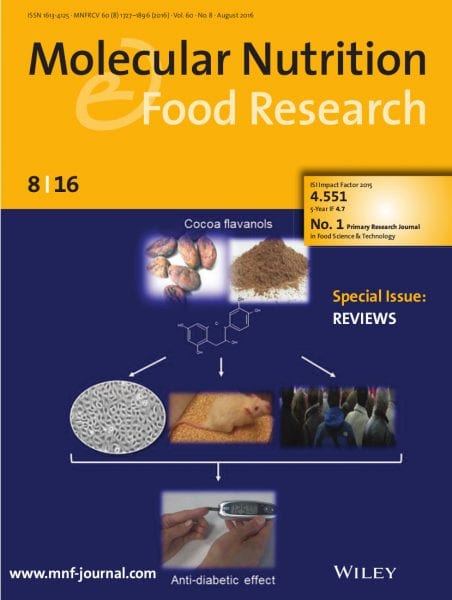
Check out the covers and top articles of the Reviews Special Issue in Molecular Nutrition & Food Research.
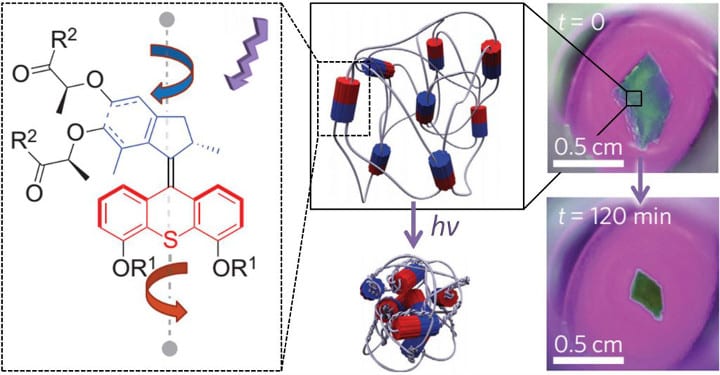
Modern chemical designers are often inspired by Nature as well as by man-made objects – think of the classical analogy between molecular building blocks and LEGO bricks, the lock and key principle, etc. This year’s chemistry Nobel laureates have certainly been inspired by a bit of both.
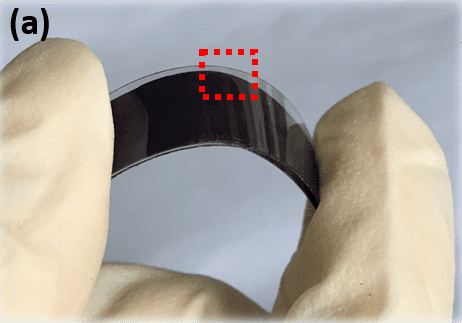
Scientists from Singapore and China have developed flexible titanium dioxide photoanodes with a multilayered structure.